Desert Lizards... Flexing? And a Bonus 😱
Desert Iguana Flexing
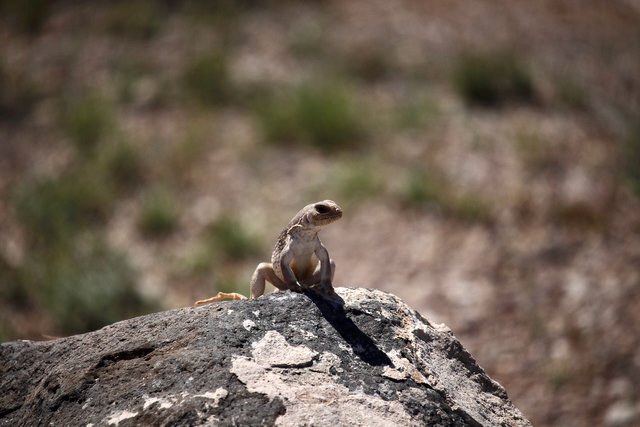
If this is not flexing than I don’t know what is 😆
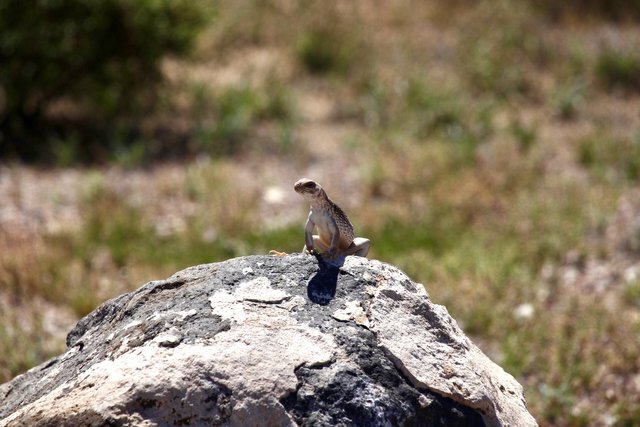
The Desert Iguana (Dipsosaurus dorsalis) is native to southwestern United States and northwestern Mexico, this one in particular I found in the Sonoran Desert.
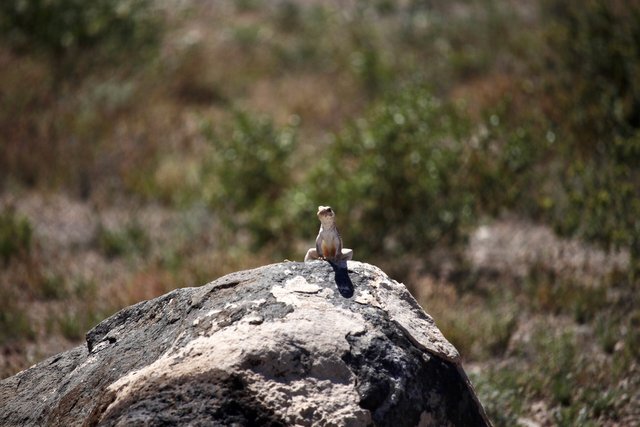
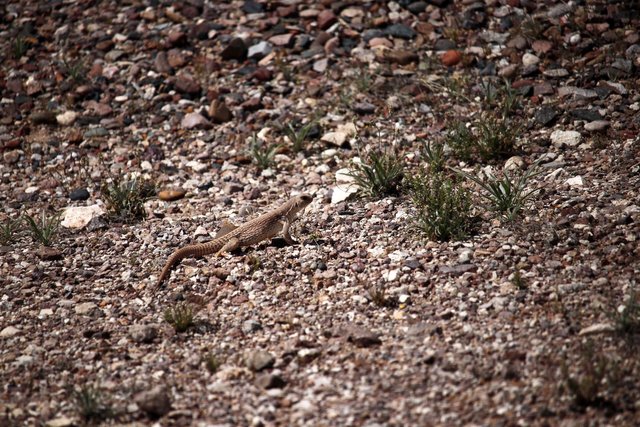
The Desert Iguana can live 7 - 14 Years and grow to 16 - 18 Inches.
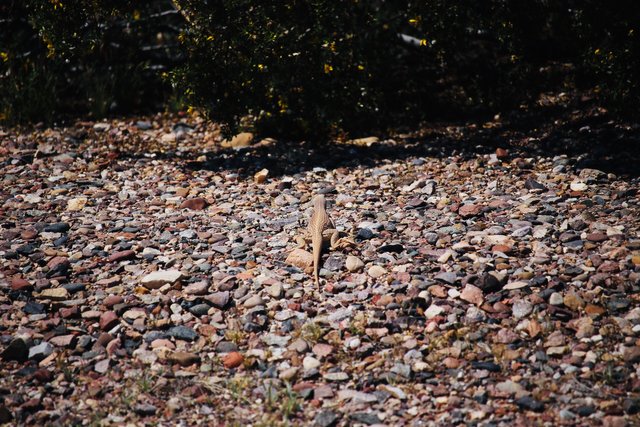
Chuckwallas
(Sauromalus obesus)
Order: Squamata
Family: Iguanidae (iguanid lizards)
Spanish name: iguana
Chuckwalla Male
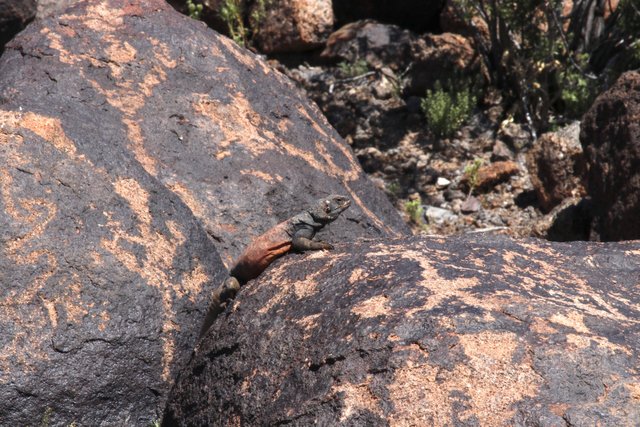
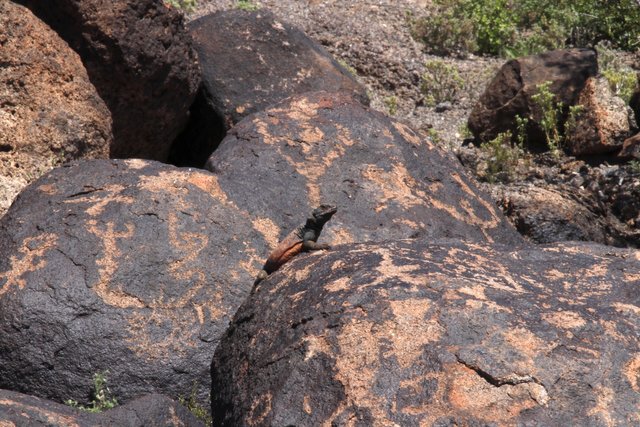
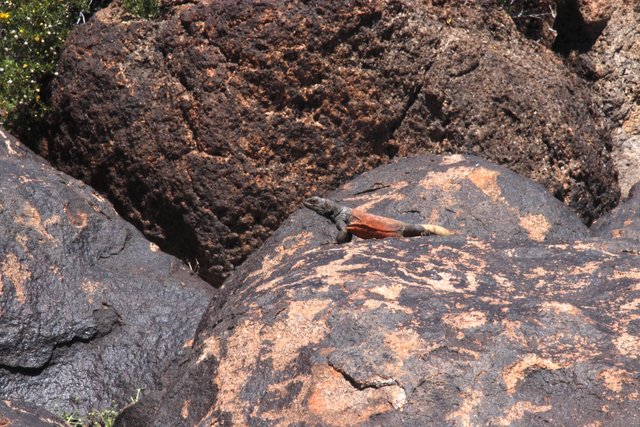
I found this male chuckwalla basking on one of the rocks at the Painted Rock Petroglyphs State Park.
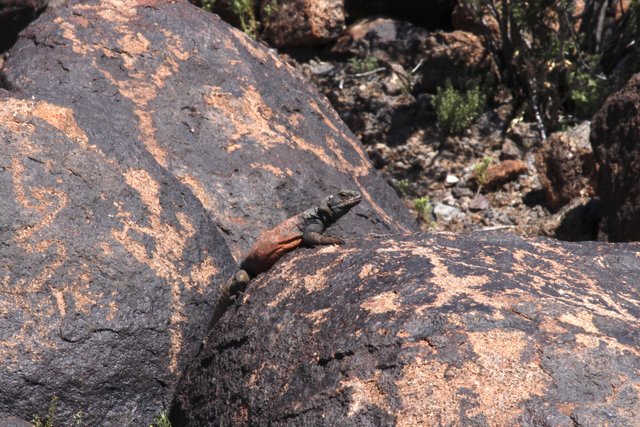
The coolest thing happened! A female friend chuckwalla decides to join the male.
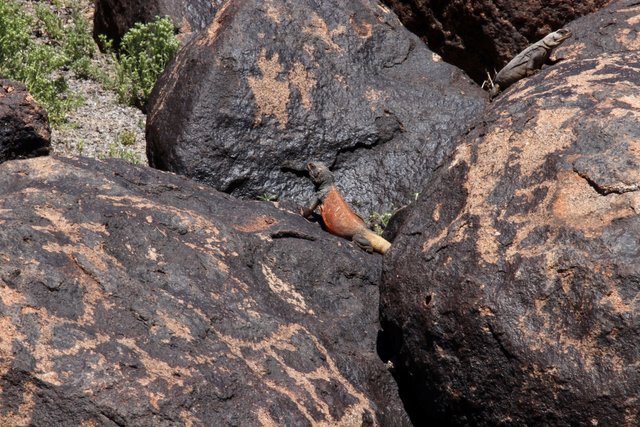
It was amazing seeing both together! I only wish I had a better lens to capture the moment.
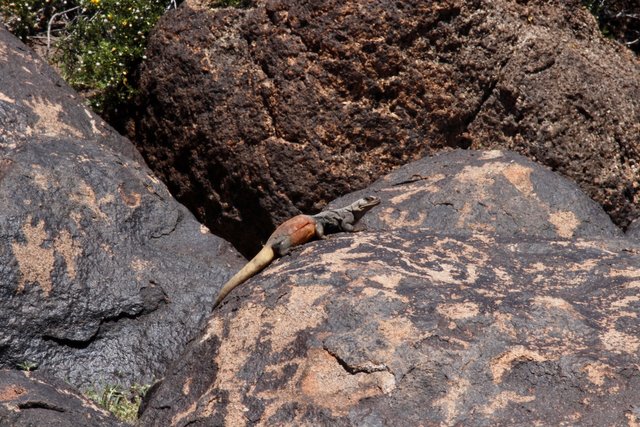
The male even attempted to “cuddle” with the female.
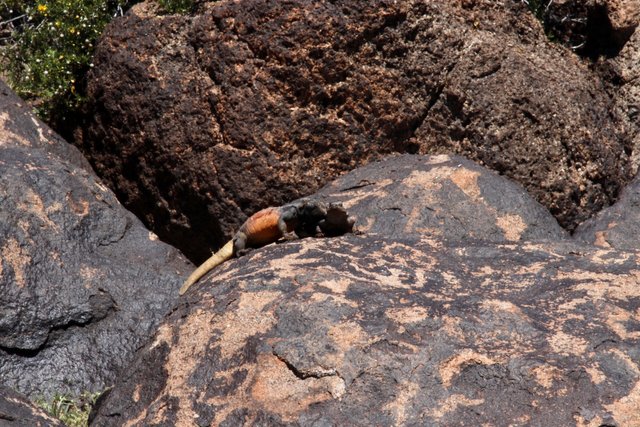
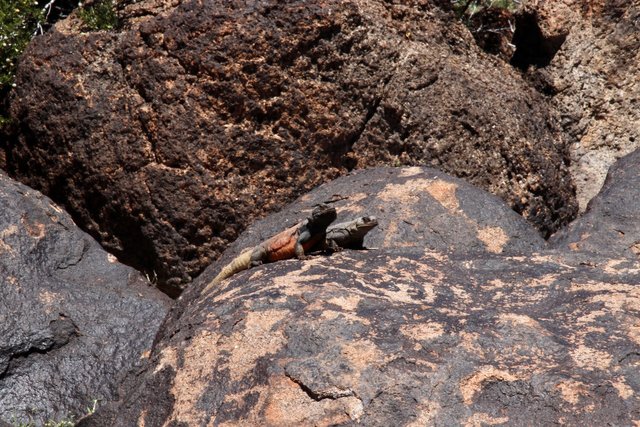
Social distancing is not a thang out here in the Sonoran Desert.
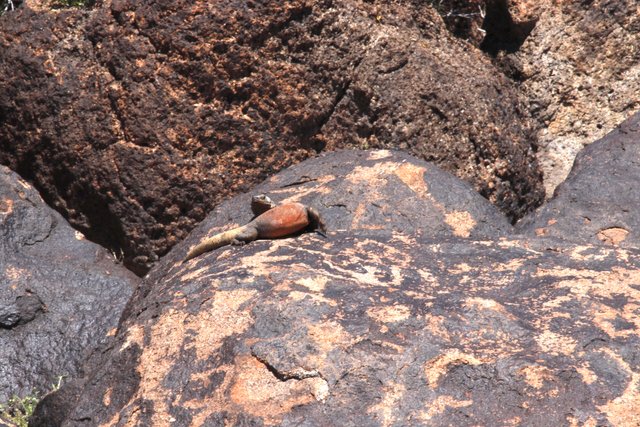
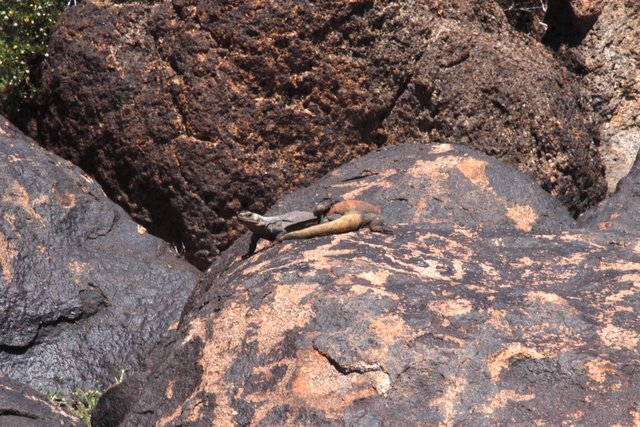
More Chuckwallas I found
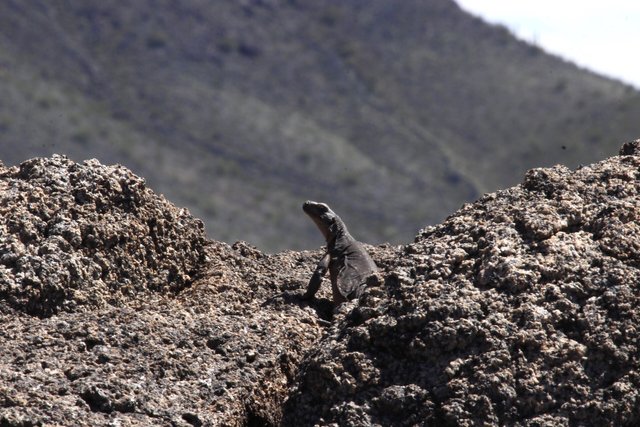
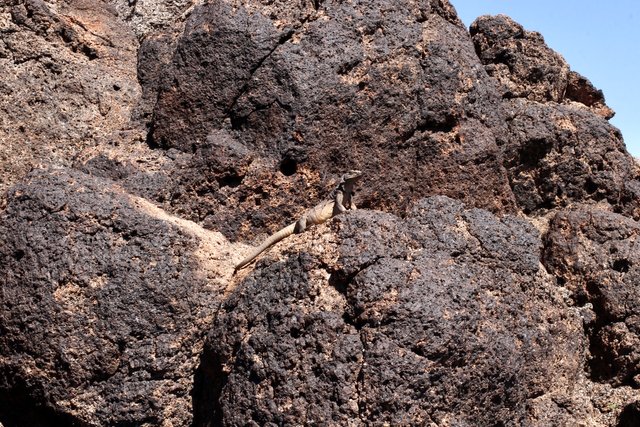
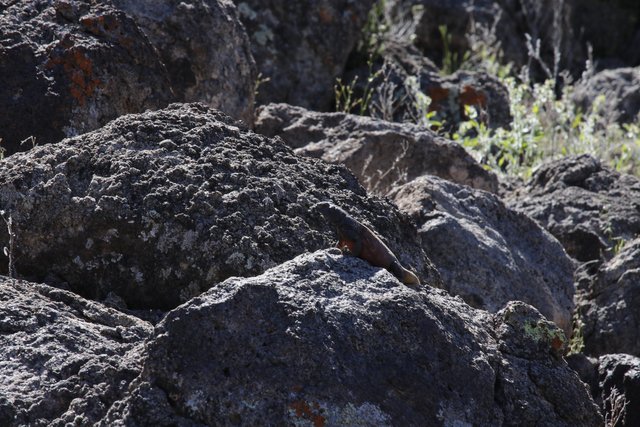
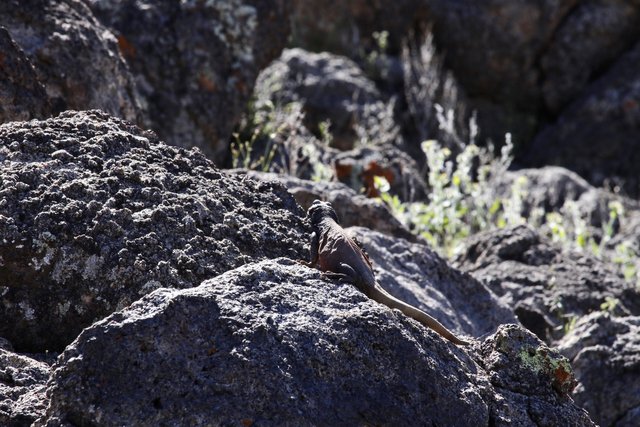
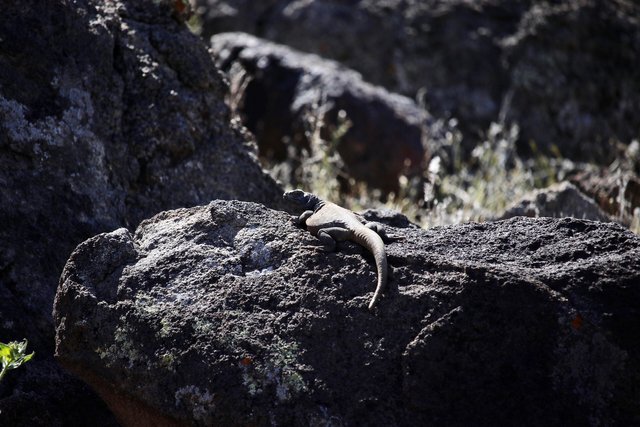
Here are some other more common lizards I found at different times while hiking out here. Hope you like them!
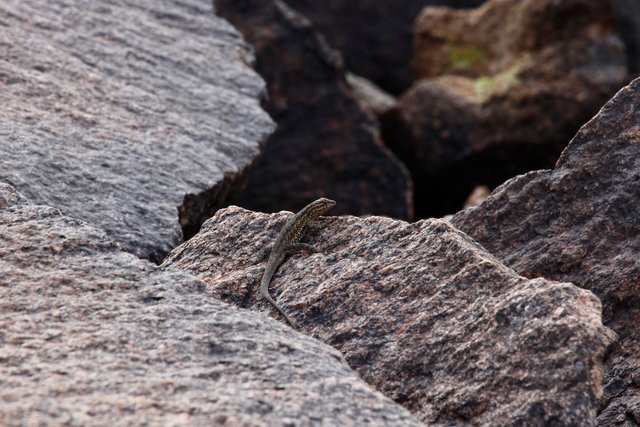
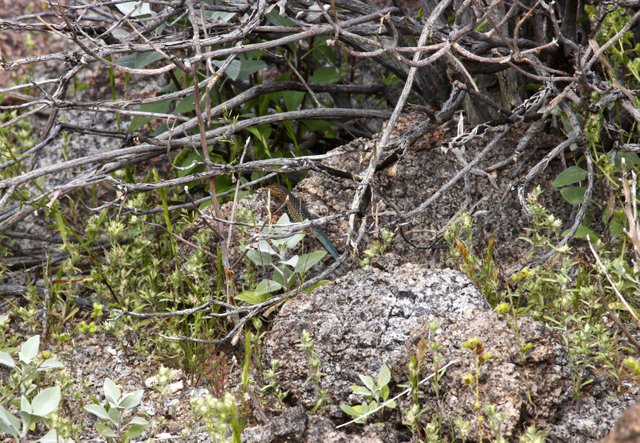
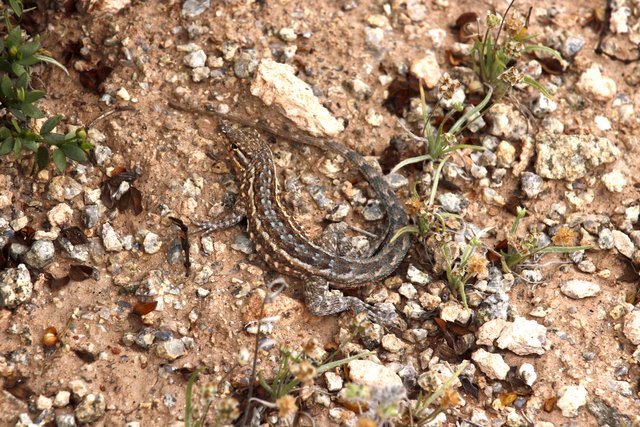
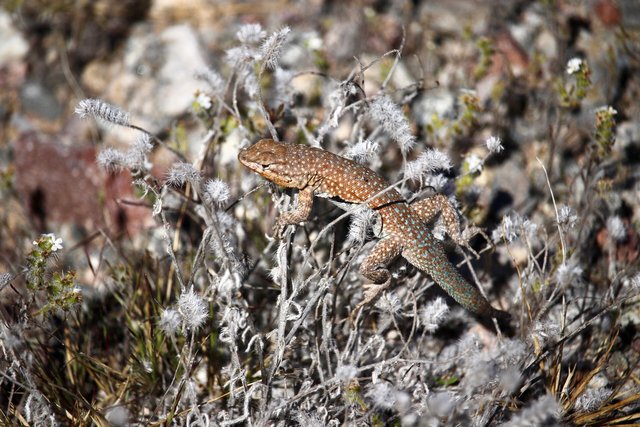
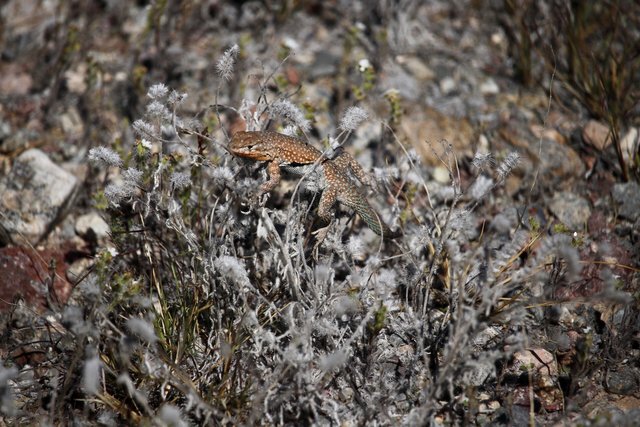
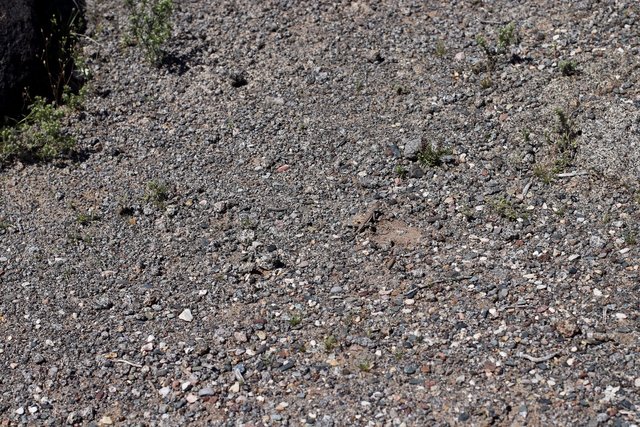
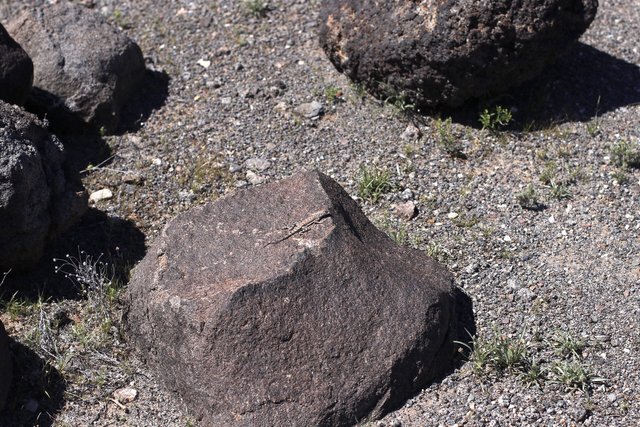
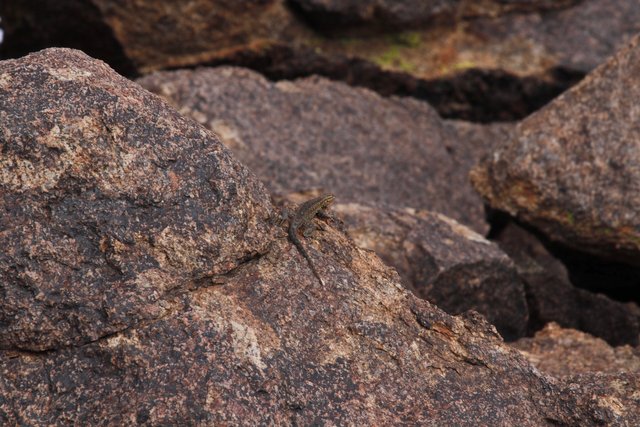
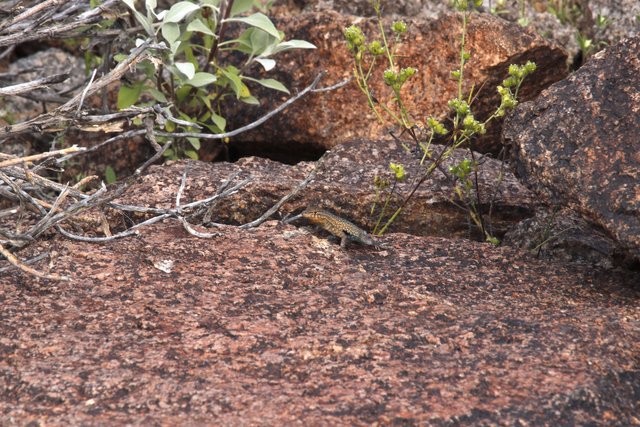
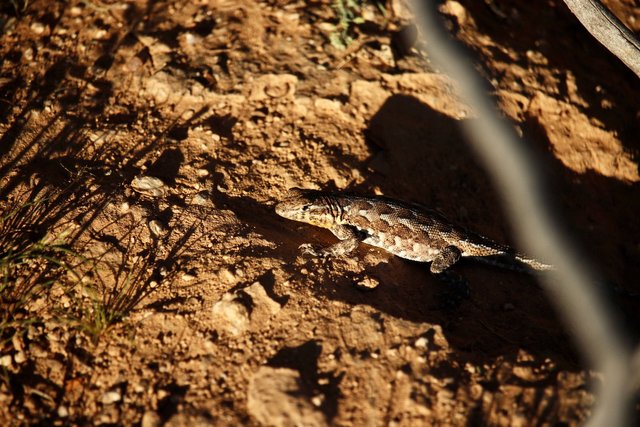
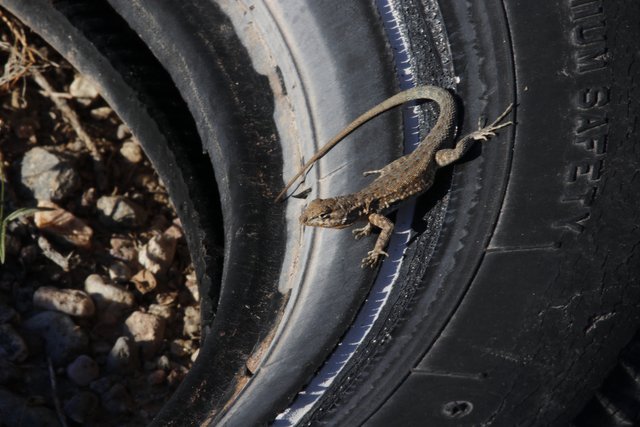
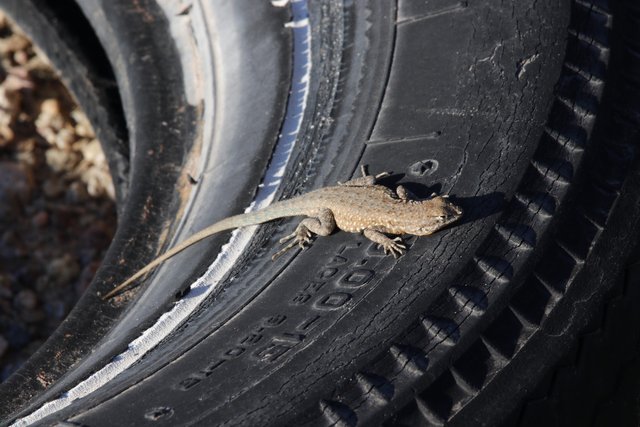
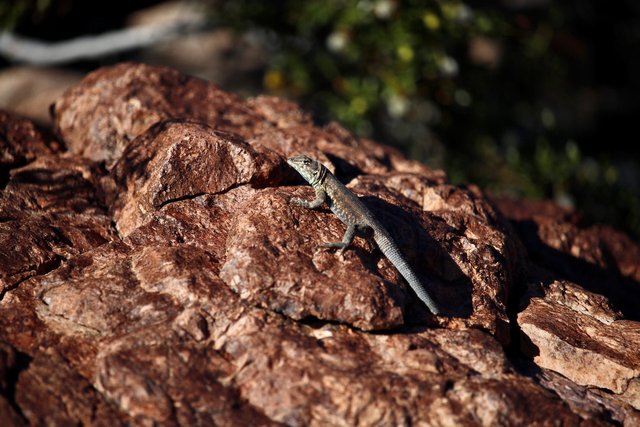
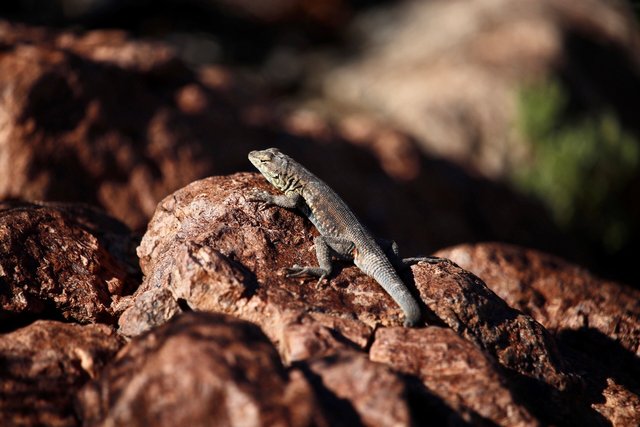
Bonus Photos of my very first rattler! I was shocked to see how fast they can move. I didn’t really get to take good photos of it and I was way shocked too seeing it out in the open.
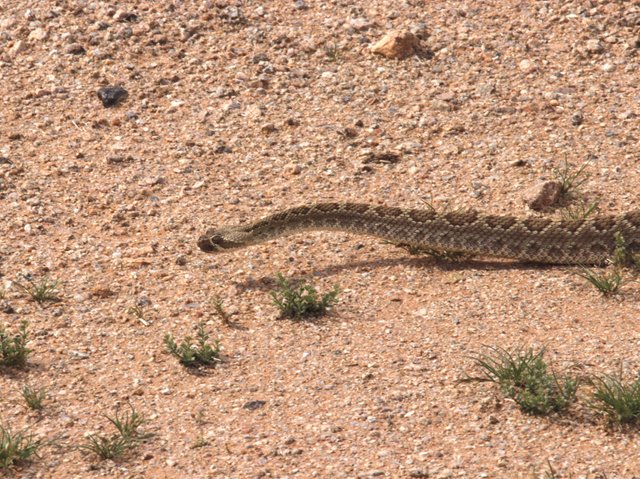
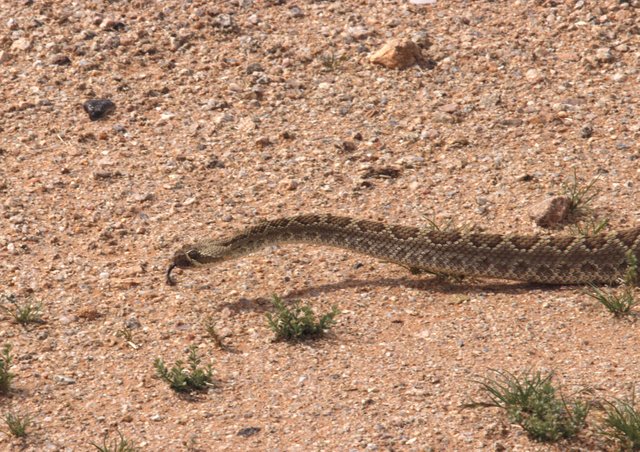
It wanted nothing to do with us (thankfully), it just scurried away as fast as possible.
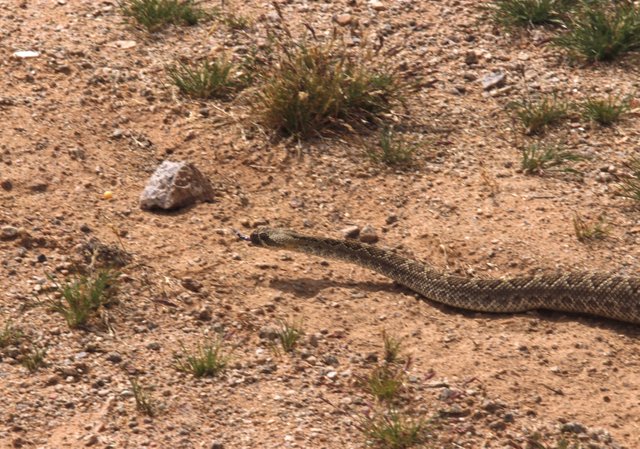
I found some neat information about the type of rattle snake it was on the web and I was not thrilled to find out how venomous this cool guy is.
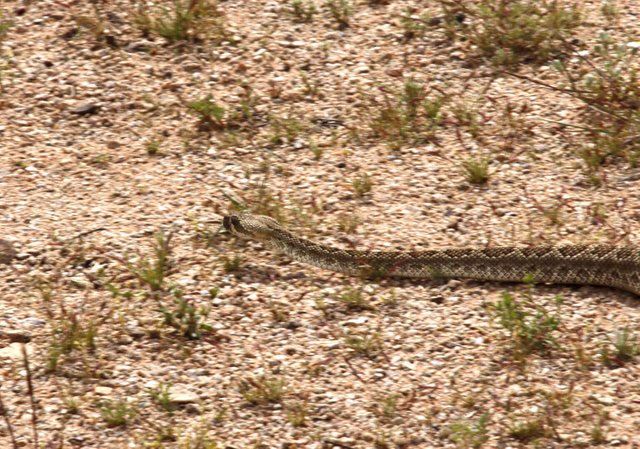
Mojave rattlesnake, is a highly venomous pit viper species found in the deserts of the southwestern United States and central Mexico. It is perhaps best known for its potent neurotoxic-hemotoxic venom, which is considered one of the world's most potent rattlesnake venom. (DOUBLE UGH)
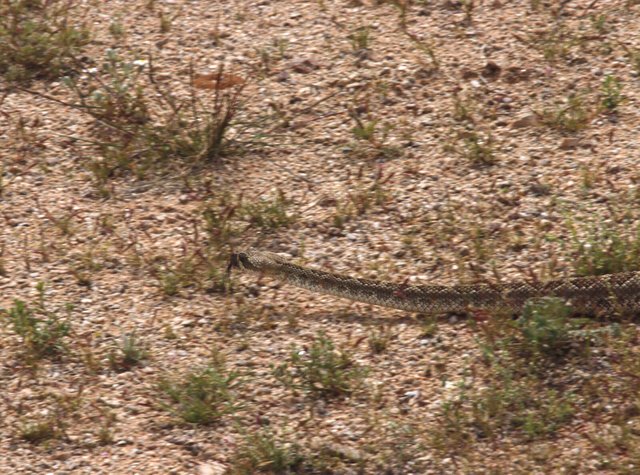
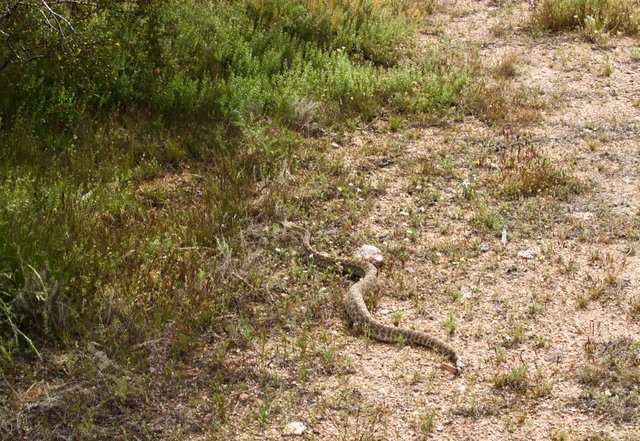
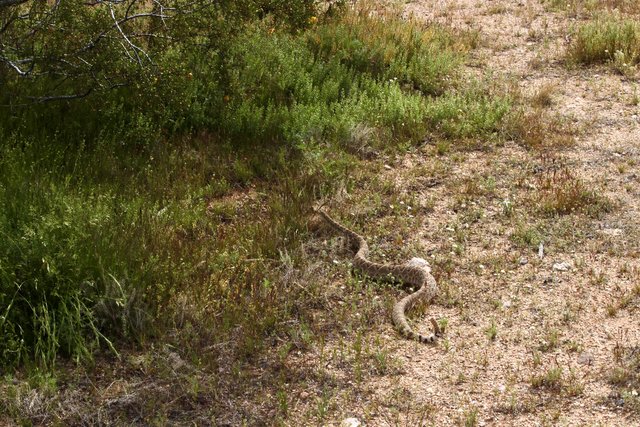
I hope you enjoyed the photos. Always here to share the beauty I find. Stay well and keep smiling my beautiful Steemit family. We got this!